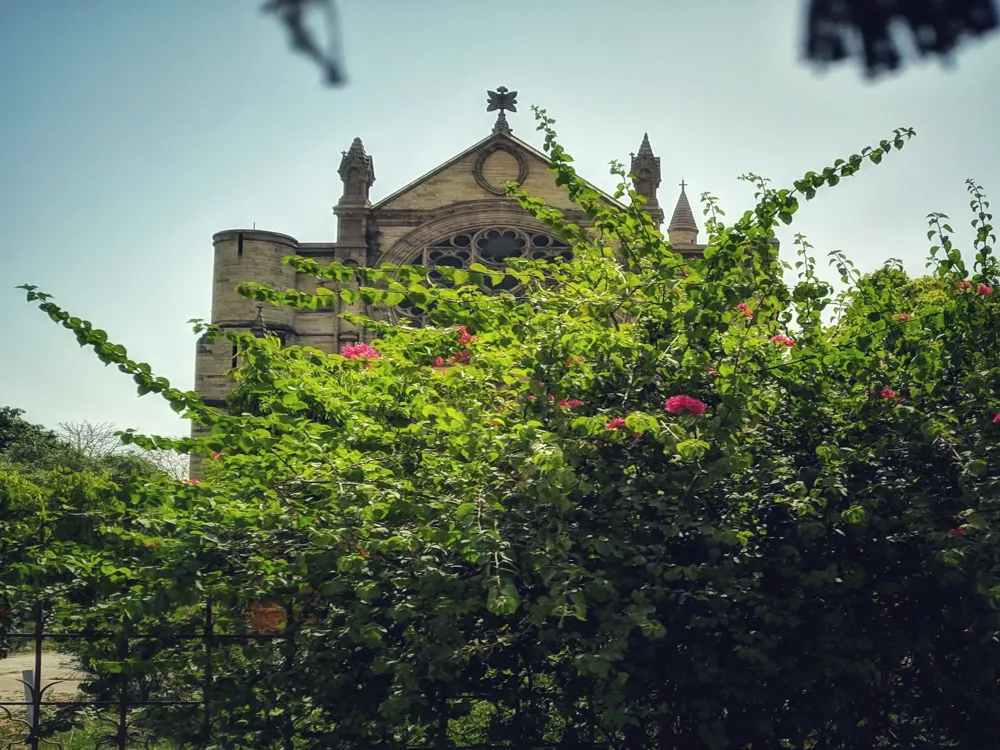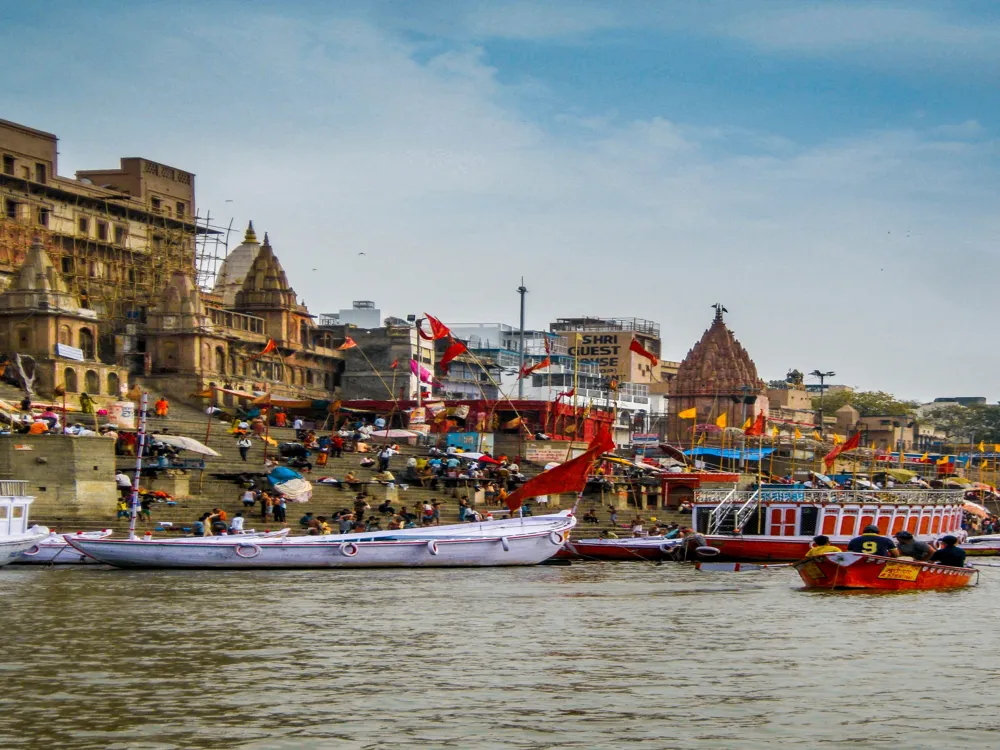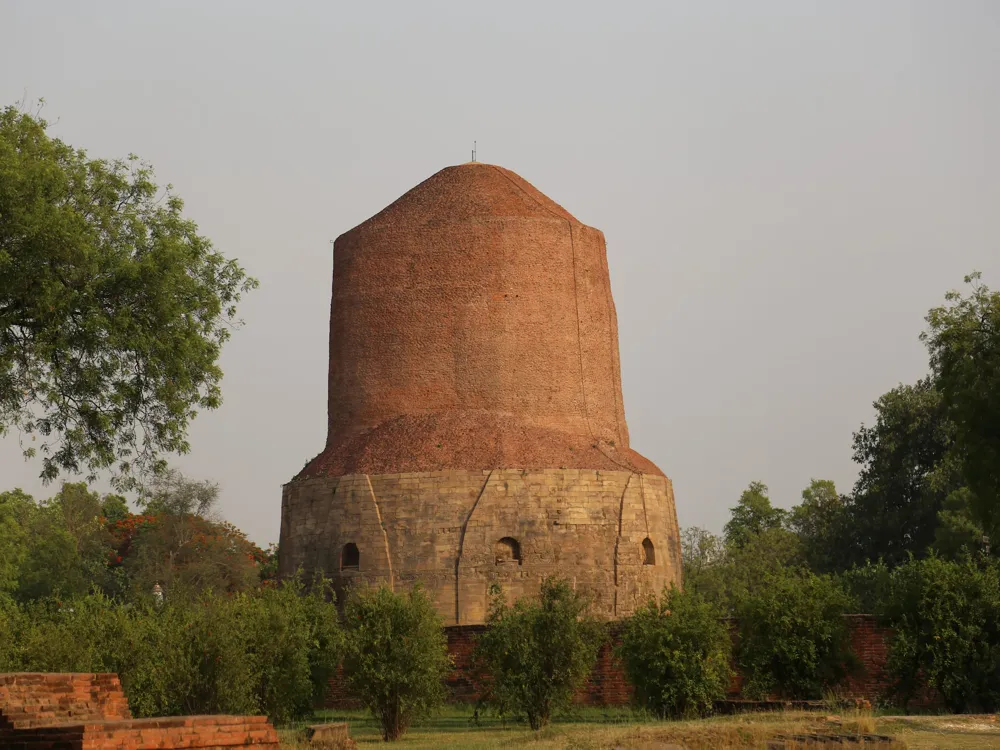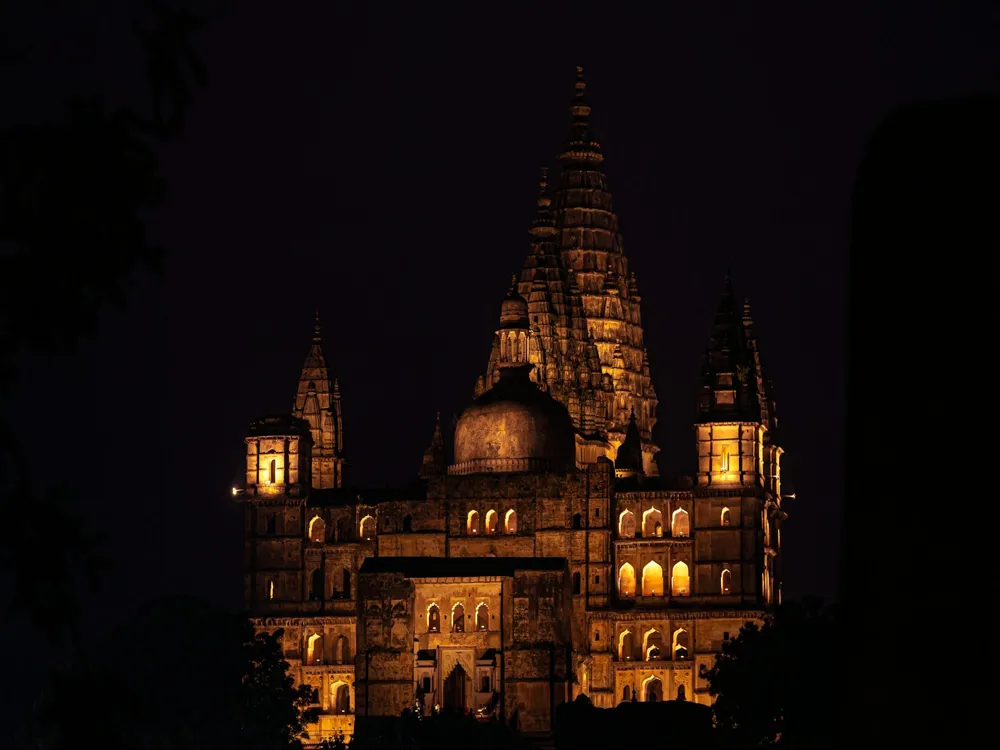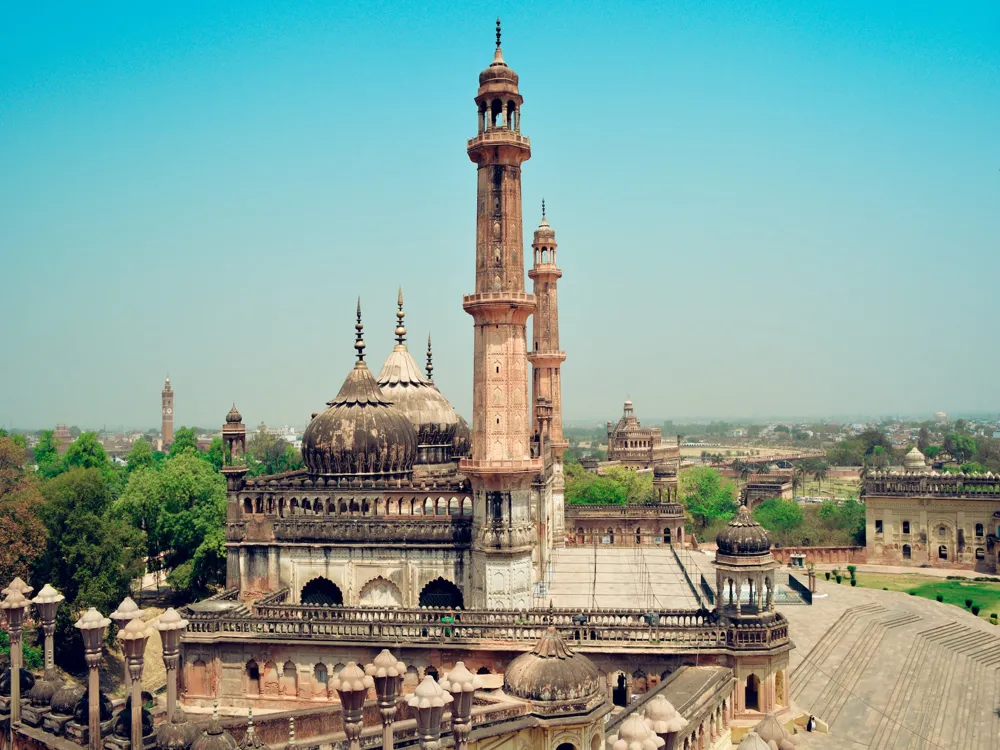The Allahabad Pillar, a remarkable historical monument, stands tall in Allahabad (Prayagraj), Uttar Pradesh, India. This pillar is not just a piece of architecture but a manuscript of India's deep-rooted history. It's known for its inscriptions by various rulers, notably the Mauryan emperor Ashoka and later Gupta kings. The pillar, made of polished sandstone and dating back to 3rd century BC, was originally located at Kaushambi, moved to Allahabad by Emperor Ashoka. It's a testament to the architectural ingenuity and historical significance of Indian civilization. The Allahabad Pillar's inscriptions provide a wealth of historical data. Ashoka's inscriptions, carved in Brahmi script, advocate moral and social norms based on his Buddhist beliefs. The later inscriptions added by Gupta kings, particularly by Samudragupta, are significant for their detailed account of his military conquests and administrative skills. This mix of inscriptions from different eras makes the pillar a unique historical document, shedding light on the chronicles of ancient Indian rulers. Architecturally, the Allahabad Pillar is a marvel of ancient Indian craftsmanship. Standing over 10 meters tall, its polished surface and cylindrical shape demonstrate the advanced stone-cutting and polishing techniques of the time. The inscriptions are intricately carved, showcasing the precision and skill of ancient artisans. The pillar's resilience, having withstood centuries of weathering, speaks volumes about the quality of its sandstone and the proficiency of its makers. Culturally, the Allahabad Pillar is a symbol of India's rich heritage. It stands as a silent witness to the changing dynasties and evolving cultures over millennia. It's a source of pride and a significant landmark for the people of Allahabad and India at large, representing the confluence of religious, historical, and architectural heritage. The architecture of the Allahabad Pillar is a fascinating subject, embodying ancient Indian artistry and engineering. The pillar's form, material, and inscriptions collectively narrate the story of a bygone era, providing insights into the technological advancements and aesthetic sensibilities of its creators. The pillar's sleek, cylindrical form is made from a single piece of sandstone, a testament to the quarrying and stone-shaping expertise of ancient Indian artisans. The smooth, polished surface of the pillar not only enhances its visual appeal but also has helped preserve its inscriptions over centuries. The choice of sandstone, known for its durability, reflects a deep understanding of materials. The inscription techniques used on the Allahabad Pillar are exemplary. The artisans employed a method of deep carving, ensuring that the inscriptions remained legible even after thousands of years. The precision of the Brahmi script and later Gupta script inscriptions indicates a high level of literacy and artistic skill in ancient India. The inscriptions on the Allahabad Pillar are not merely historical records; they are also rich in symbolism. Ashoka's edicts, for example, reflect Buddhist principles and his commitment to spreading these teachings. The Gupta inscriptions are a testament to their military prowess and administrative skills. These inscriptions offer a glimpse into the religious, social, and political life of ancient India. Plan your visit between October and March, when the weather is pleasant. Summers can be extremely hot, making outdoor exploration uncomfortable. Opt for comfortable, modest clothing suitable for a historical site. Respect the cultural and historical significance of the pillar by maintaining decorum. Photography is generally allowed, but check for any restrictions. Avoid flash photography to preserve the integrity of the inscriptions. The site is fairly accessible, but some areas may be challenging for those with mobility issues. Basic facilities like restrooms are available nearby. Combine your visit with nearby attractions like the Sangam, Allahabad Fort, and Anand Bhavan for a complete cultural experience. Allahabad (Prayagraj) is well-connected by road, rail, and air. The nearest airport is Allahabad Airport, and the city has a major railway station. Local transport like buses, taxis, and auto-rickshaws can be used to reach the Allahabad Pillar, located near the Allahabad Fort. For a hassle-free trip, consider booking a guided tour or hiring a taxi from your hotel. Read More: Overview of Allahabad Pillar, Uttar Pradesh
Historical Significance
Architectural Features
Cultural Importance
Architecture of Allahabad Pillar
Design and Material
Inscription Techniques
Symbolism and Inscriptions
Tips When Visiting Allahabad Pillar
Best Time to Visit
Dress Code and Etiquette
Photography Guidelines
Accessibility and Facilities
Nearby Attractions
How To Reach Allahabad Pillar
Allahabad Pillar
Allahabad
Uttar Pradesh
NaN onwards
View allahabad Packages
Allahabad Travel Packages
View All Packages For Allahabad
Top Hotel Collections for Allahabad

Private Pool

Luxury Hotels

5-Star Hotels

Pet Friendly
Top Hotels Near Allahabad
Other Top Ranking Places In Allahabad
View All Places To Visit In allahabad
Faq on Allahabad
What is the Allahabad Pillar?
The Allahabad Pillar is an ancient pillar located in Allahabad, India. It is made of polished sandstone and stands as a testament to the rich history and craftsmanship of ancient India.
When was the Allahabad Pillar built?
The exact date of construction of the Allahabad Pillar is uncertain, but it is believed to have been erected during the reign of Emperor Ashoka in the 3rd century BCE.
Where is the Allahabad Pillar located?
The Allahabad Pillar is situated at the Allahabad Fort, also known as the Akbar Fort, in Allahabad, Uttar Pradesh, India.
What is the significance of the Allahabad Pillar?
The pillar bears inscriptions made by Emperor Ashoka, known as the Allahabad Pillar Edicts. These inscriptions proclaim Ashoka's commitment to Buddhism and his efforts to spread moral values and religious tolerance.
How tall is the Allahabad Pillar?
The Allahabad Pillar originally stood around 10.6 meters (35 feet) tall, although it may have been taller in the past. Today, it measures approximately 9.75 meters (32 feet) due to damage and wear over time.
View allahabad Packages
Allahabad Travel Packages
View All Packages For Allahabad
Top Hotel Collections for Allahabad

Private Pool

Luxury Hotels

5-Star Hotels

Pet Friendly
Top Hotels Near Allahabad
Other Top Ranking Places In Allahabad
Faq on Allahabad
What is the Allahabad Pillar?
The Allahabad Pillar is an ancient pillar located in Allahabad, India. It is made of polished sandstone and stands as a testament to the rich history and craftsmanship of ancient India.
When was the Allahabad Pillar built?
The exact date of construction of the Allahabad Pillar is uncertain, but it is believed to have been erected during the reign of Emperor Ashoka in the 3rd century BCE.
Where is the Allahabad Pillar located?
The Allahabad Pillar is situated at the Allahabad Fort, also known as the Akbar Fort, in Allahabad, Uttar Pradesh, India.
What is the significance of the Allahabad Pillar?
The pillar bears inscriptions made by Emperor Ashoka, known as the Allahabad Pillar Edicts. These inscriptions proclaim Ashoka's commitment to Buddhism and his efforts to spread moral values and religious tolerance.
How tall is the Allahabad Pillar?
The Allahabad Pillar originally stood around 10.6 meters (35 feet) tall, although it may have been taller in the past. Today, it measures approximately 9.75 meters (32 feet) due to damage and wear over time.








